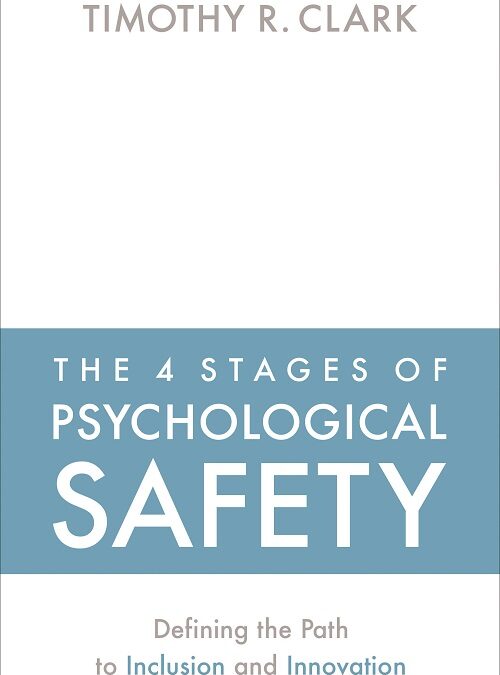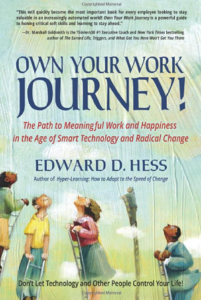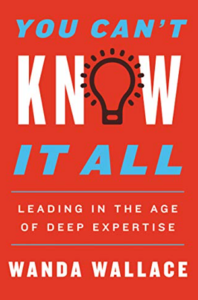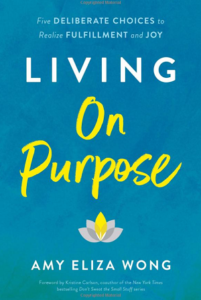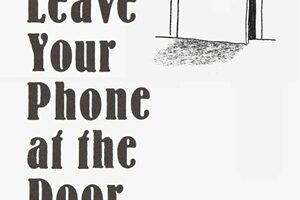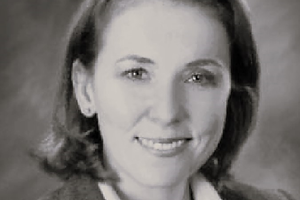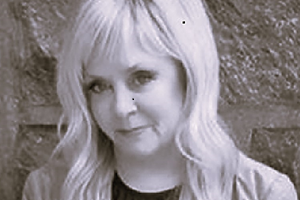TIMOTHY R. CLARK, PH.D., is the founder and CEO of LeaderFactor, a consulting, coaching, and training organization. He is an international authority in the fields of psychological safety and innovation, large-scale change and transformation, and senior leadership development.
Most importantly I think, though, is that Clark has had life experiences that validate him as a teacher who speaks with authority. He has written not only a guide for leaders but has given a poignant discourse on how to be—or become—a caring human being. His touching stories about educators, coaches and employers who have taken the extra effort to encourage their students and employees, drives home the need for these psychological safety rules.
“Psychological safety is a condition in which you feel (1) included, (2) safe to learn, (3) safe to contribute, and (4) safe to challenge the status quo—all without fear of being embarrassed, marginalized, or punished in some way.
LEADER FACTOR: https://www.leaderfactor.com/
His case studies demonstrate both the positive effects of environments that are psychologically safe, and the negative effects of those environments that are not safe. He presents to us the concept of increasing intellectual friction and decreasing social friction, asking the question “Why after thousands of years, are we technologically advanced and still sociologically primitive?” Answering his own question, and addressing what he terms as the ‘broken human interaction,” he writes:
“First, human beings want to be included. Second, they want to learn. Third, they want to contribute. And finally, they want to challenge the status quo when they believe things need to change.”
Clark encourages us to not only read this book but to act on it. With the concern with which he writes one cannot help but to act. He stresses that compassion is the key ingredient to helping others realize their full potential be they workers, students, or even family members. Compassion drives us to deliver psychological safety in the fields of inclusion, learning, contributing and challenging.
Clark begins his chapters with subject headings as key concepts written in bold. His chapters end with bullet point summaries, making the book an easy reference guide. He also asks personal questions at the end of each chapter which challenges the reader to reflect on where in their own life they might find an opportunity to change for the better. These questions are very direct and simple and gives us pause for reflection.
AMAZON: https://www.amazon.com/Stages-Psychological-Safety-Inclusion-Innovation/dp/1523087684
His case point studies are written with intrigue and mostly from personal experience. This book could have been written with data and facts and might have been dry as any textbook we find in college. But Clark’s writing reads well, possessing the readers interest through the entire book. Clearly, he follows his own advice.
Overall, I found The 4 Stages of Psychological Safety a valuable read. I found his conclusion lacked the luster that his opening created, and I think perhaps the book tried to include too much and went a bit too long. There are some gems in this book which will stick with me. I highly recommend it to anyone who wants to learn more about themselves and the world they live in. I also, on a side note, suggest that The 4 Stages of Psychological Safety should be a handbook for every educator in the country. We need more psychological safety in our schools.
D.L. Gardner

